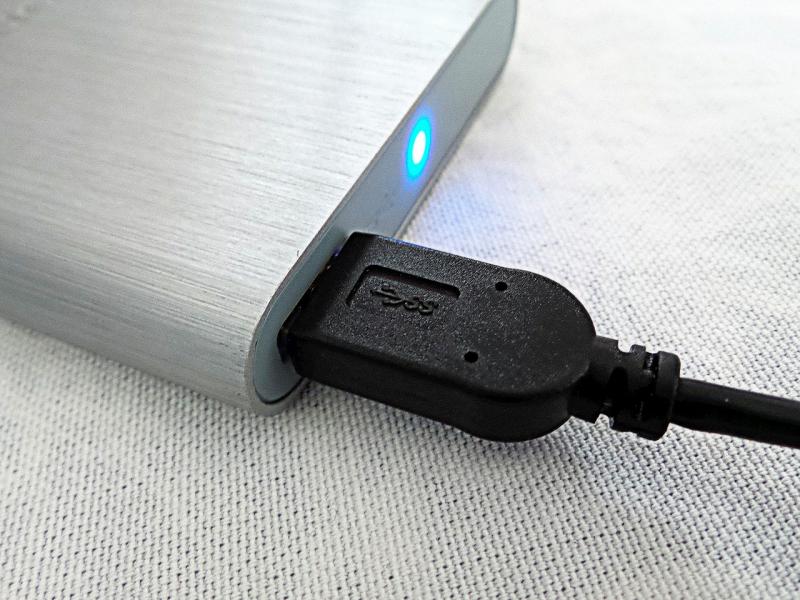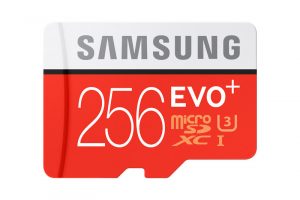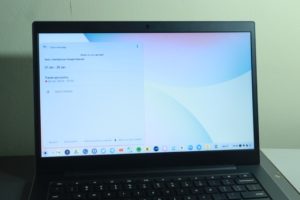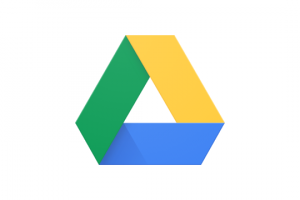When your home media library gets filled up and you no-longer have enough memory space to keep all your cat videos or family photos, selfies then it’s time to buy extra space. You don’t have to purchase another computer with bigger space which is expensive, instead you need to buy an external Hard Drive or HDD.
Now there are a number of things you want to consider before spending your hard-earned cash for that HDD. Keep in mind that it’s data we are dealing with here — your critical documents, treasured photos and videos. At the end of the day, your choice should be able to keep your data for the long haul. If you are buying an internal hard drive instead, we already wrote a buyer’s guide for that which I highly recommend you first read.
Size: Big better and usually cheaper
When you talk about Hard drives, the first thing that rightfully comes to mind is storage capacity. How big is probably the most important question to ask. And the bigger, the better because we now produce more than data than ever before. Thankfully, today’s hard drives are relatively big — starting from as small as 250GB to as much as 12TB if you consider Seagate’s latest drive or even 14TB from Western Digital latest announcement this year 2017.
Related post: Before you buy an internal hard drive, here are 5 things you should consider
A 500GB Hard drive is good enough if you don’t have much videos or movies or music or photos to store. But from our experience, that will soon fill up. So we would recommend at least a 1TB HDD as a bare minimum.
If we consider the WD Elements Portable External Hard Drive for instance, prices by size of HDD range from $55 for 1TB upto $107 for the 4TB size. Notice the cost/GB keeps reducing with bigger capacities. You can compare prices on Amazon.
1TB – $55
2TB – $75
3TB – $98
4TB – $107
Portable vs Desktop Hard drive
The other factor you want to consider before buying an external hard drive is whether its portable or Desktop hard drive. Portable HDDs are powered via the computer’s USB port. So they don’t need extra power source. These are usually slightly smaller and lighter than their desktop counterparts. You want one if you hope to be moving around with your hard drive. For instance you are going on a long flight, travel upcountry or to a conference. An example is WD 2TB Black My Passport Ultra Portable External Hard Drive.
Desktop Hard drive need an external power source usually from your wall socket to power on. These are usually high-capacity storage devices, so they need extra power to run. A good example is WD 4TB Elements Desktop Hard Drive. Desktop hard drive are great for home use as media storage sources, at small office where companies data is stored or backup solution.
Portable and Desktop external hard drives are usually priced slightly the same. High capacity portable external hard drives might be slightly more costly than their desktop counterparts though.
Connectivity (USB 3.0 vs 2.0, WiFi)
Your hard drive can only be as fast as the connectivity interfaces it supports. Because these are external secondary storage devices, the kind of interface standard they support determines how fast you can move your data between the drive and say the computer. USB 3.2 is currently the fastest USB standard with transfer speeds of 20 Gbit/s over USB type C interface. This is 40 times faster than USB 2.0 which only pushed data at 480Mbps.
Related post: USB 3.0, 3.1, 3.2, 4.0 and Thunderbolt specs and feature comparison
USB 3.0 ports are color-marked blue and their cables have the usual USB symbol but with SS label. The SS means SuperSpeed.
Some Hard drives might support Wireless means of data transfer via WiFi. We think this is not so important since wireless is a lot more slower than USB and it could pose a significant security vulnerability anyway for your data.
NAS support
If you are slightly less Tech savvy, you might not know exactly what NAS is all about. If you don’t, chances are that you might not need it. NAS or Network Attached Storage is a way of accessing your files and photos from a hard drive over the network.
Unlike conventional hard drives where you plug in the external hard drive directly to your computer, with NAS drive, you can not do this. You must access files on the drive on the network. This means the NAS drive has to be plugged to a router via ethernet cable and then your computer connected to the same network either via cable or WiFi. Non-savvy users will miss the plug-and-play functionality they are used to with conventional external hard drives.
However, NAS drive comes with a lot of flexibility and convenience on how you can access your data. Because the data is accessed via the network, a NAS drive allows you access your files from multiple devices such as smartphone, laptop, tablet, smart tv at the same time.
NAS drives are slightly more pricey and they start from $160. Most of the major storage vendors such as Western Digital, Seagate, Toshiba, Transcend have them. For instance WD 4TB My Cloud Personal Network Attached Storage – NAS – WDBCTL0040HWT at Amazon costs $160.99 while 4TB Seagate Personal Cloud Home Media Storage Device 4TB NAS (STCR4000101) costs about $198. So before purchasing external storage check if it has NAS support and if this is something you really want.
Cloud syncing and Backup software
The cloud has changed the way we work and play. The photos you post on Facebook or Instagram all live somewhere in the cloud which gives you the convenience of accessing them from anywhere at anytime. But if you want to store more sensitive personal data where public clouds such as Facebook or Google are not an option, then you wish to sync your data on private cloud providers such as Dropbox or even your own server.
Some drives come with additional software that enable you sync your data directly to the cloud. Some high-end drives from Western Digital and Seagate for instance come with backup or syncing software.
This insures your personal data against theft or cases where your drive gets damaged. If might be super expensive to backup your data to the cloud especially for us users in Africa. So for me personally, this option is not priority when buying an external hard drive.
So there you have it; 5 things to consider before buying external storage. I really recommend you read Sydney’s Before you buy an internal hard drive, here are 5 things you should consider as well.
Feature image Source: pixabay.com













2 thoughts on “External Hard Drive(HDD) buyer’s guide, 5 things you should consider”